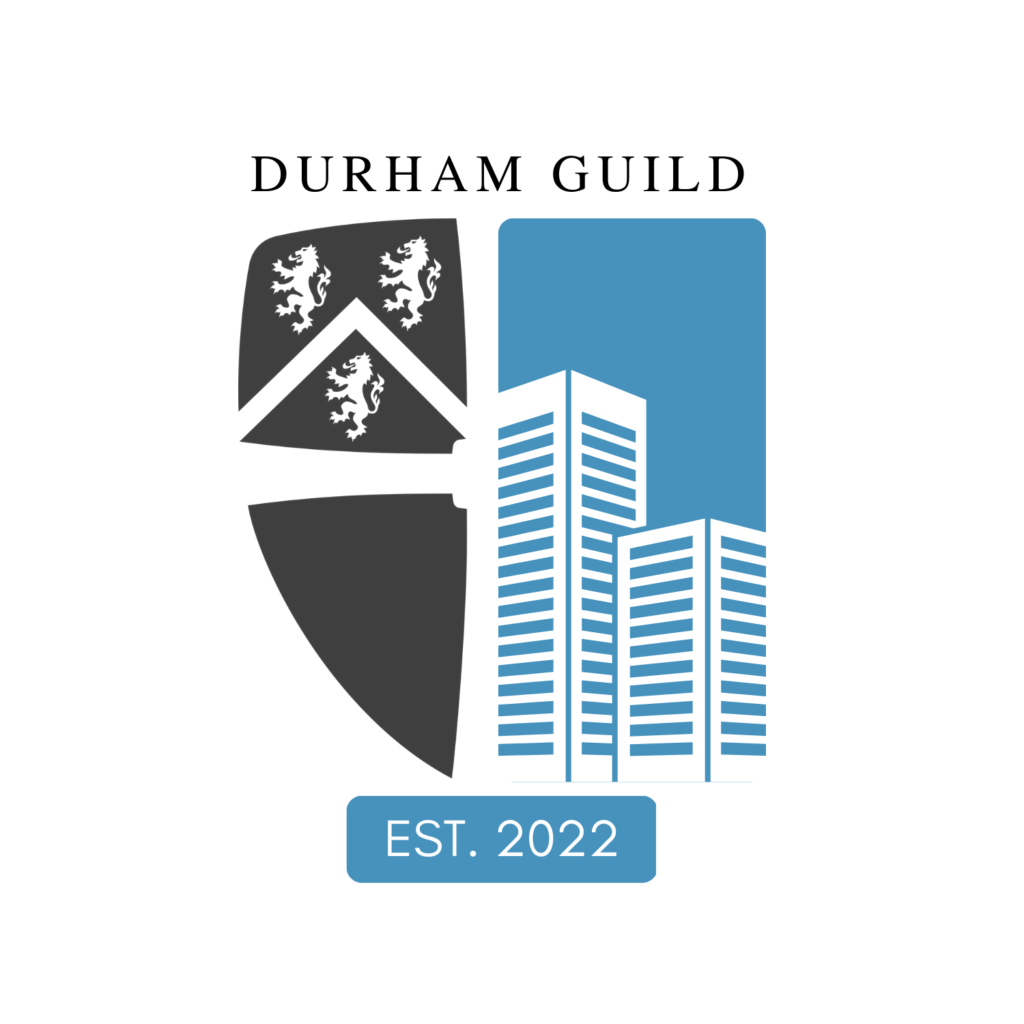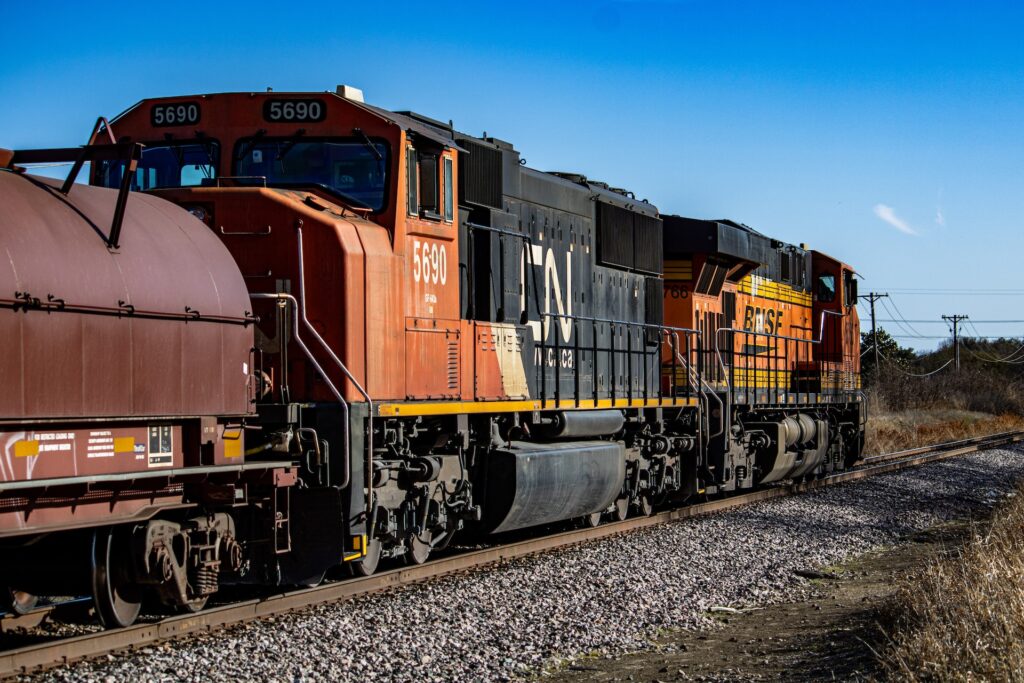Intended Outcome Related to the Case:
- Identification the information on the key areas that may play the main role in profit decline
Determinants of Intended Outcomes:
1.1 Declined revenue
1.1.1 Declined prices
1.1.2 Declined quantities of services purchased
1.1.2.1 Lower volume of total transportation by client companies
1.1.2.1.1 Transformation of supply chains (client companies switching to alternative production methods that require less transportation)
1.1.2.1.2 Client companies achieving lower sales of the goods they transport
1.1.2.1.2.1 Lower demand for the goods being transported
1.1.2.1.2.2 Voluntary decision by client companies to sell less goods
1.1.2.1.2.2.1 Prediction of the markets of the goods becoming smaller or less profitable in the future
1.1.2.2 Switch by former client companies to alternative means of transportation
1.1.2.2.1 Switch to transportation by railroad from other companies
1.1.2.2.1.1 New competitors entering the railroad freight business and building new tracks
1.1.2.2.1.2 Existing competitors in railroad freight business lowering their prices
1.1.2.2.1.3 Existing competitors in railroad freight business becoming more efficient (such as faster) in transportation
1.1.2.2.2 Switch to pre-existing alternative means of transportation (e.g. road, shipping, flight)
1.1.2.2.2.1 Costs of pre-existing alternative means of transportation decreasing
1.1.2.2.2.2 Pre-existing alternatives becoming more efficient (such as faster) in transportation
1.1.2.2.3 Switch to a new mean of transportation (e.g. road, shipping, flight) in the case that these have not previously existed
1.1.2.2.3.1 Recent development of a new mean of transportation that is cheaper
1.1.2.2.3.2 Recent development of a new mean of transportation that is more efficient (such as faster)
1.2 Increased costs
1.2.1 Increased fixed costs
1.2.1.1 Increased costs of renting trains or purchasing new trains to replace worn-down ones
1.2.1.2 Increased costs of renting physical facilities
1.2.1.2.1 Increased costs of renting the land for/the use of rail stations
1.2.2 Increased variable costs
1.2.2.1 Increased fuel costs
1.2.2.2 Increased wages
1.2.2.3 Increased reparation/maintenance costs after each use
1.2.2.3.1 Environmental factors making the railroad or trains wear down faster after each use
1.2.2.3.2 Increased costs of materials or services to maintain trains or rail road in a good condition after being each use
1.2.2.4 Increased costs of advertising to new clients or keeping existing clients interested
Potential Solutions to the Case
Examples of possible causes of decline in profits:
Declined Revenues
- Decrease in prices the firm decides to charge
- Decrease in quantities purchased
- Client companies transform their supply chains or production methods such that they require less transportation.
- Client companies achieve lower sales in their products or services.
- The demand for client companies’ products or services decrease.
- Client companies voluntary decide to produce less due to lower predicted demand.
- Decrease in prices or increase in efficiency in alternative means of transportation (e.g. road, shipping, flight) or in railroad freight services offered by competitors.
- Existence of new options in transportation:
- New competitors entering railroad freight business
- Development of a new mean of transportation
Increased Costs
- Increases in the costs of:
- Renting trains or purchasing new trains to replace worn-down ones
- Renting physical facilities
- Fuels
- Wages
- Materials or services to maintain trains or railroads after each use
- Advertising to new clients or keeping existing clients interested
- Changes in environmental factors making the railroad or trains wear down faster after each use

